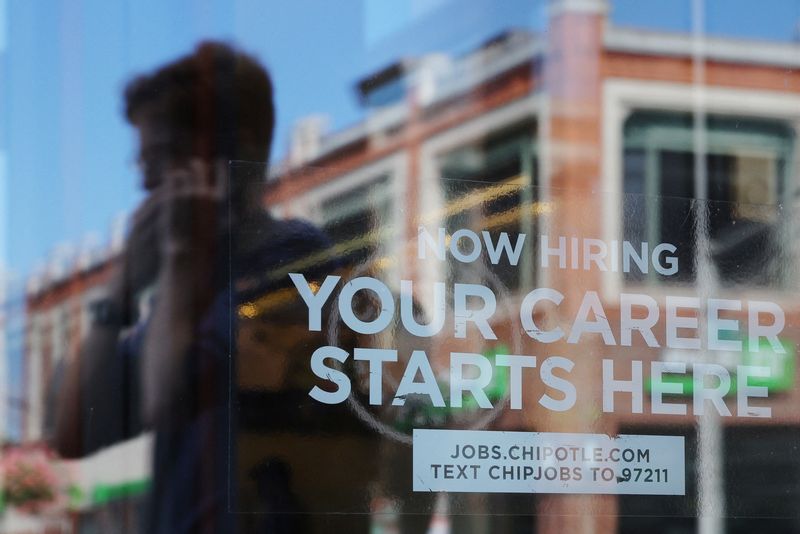By Ann Saphir
(Reuters) -Since the Federal Reserve’s decision last month to hold interest rates steady, a shift appears underway at the U.S. central bank, with several Fed officials sounding increasingly uneasy about the labor market and signaling their openness to, if not impatience for, a rate cut as soon as September.
Their evolving stance may please President Donald Trump, who has pushed aggressively for lower interest rates all year. The reasons for it, including new data indicating a weakening labor market that Trump has claimed is “rigged,” may not.
Labor market worries were at the heart of arguments put forward by Fed Governor Christopher Waller and Vice Chair Michelle Bowman when they dissented from the Fed’s July 30 decision to leave short-term borrowing costs in the 4.25%-4.50% range, where they have been since December. The 9-2 majority signed off on a statement that characterized labor market conditions as solid.
Days later, they looked far less so.
“Concerning” was how Fed Governor Lisa Cook earlier this week described revisions to the government estimates that slashed job gains in May and June to what economists see as recession levels. The same report also showed employers added far fewer jobs than expected in July, and a tick up in the unemployment rate to 4.2%.
“The employment number did say that the risk on the employment side is much higher than it had been…I will definitely be looking carefully,” said Atlanta Fed President Raphael Bostic.
Bostic said he continues to believe just one rate cut will be appropriate for 2025, and at least one other hawkish Fed policymaker felt the new data did not change the overall picture much.
But even as central bankers appear short of consensus for the need to ease policy, subtle shifts suggest policymakers are tilting more dovish than before.
“There are risks on both sides of our mandate, and when that happens, when you have risks on both sides, you have to take a balanced approach,” St. Louis Fed President Alberto Musalem said Friday. That’s a shift from his earlier expressions of deeper concern about not meeting the Fed’s inflation mandate than on missing its full employment goal.
“I’m comfortable with the decision we made in July, but I am increasingly less comfortable with making that decision again and again,” San Francisco Fed President Mary Daly said earlier this week.
There’s still plenty of data to digest before the Fed’s next policy-setting meeting September 16-17, including a read on consumer prices next week that will help shape policymakers’ assessments of whether the Trump administration’s new higher tariffs will mean persistently higher inflation, as hawks fear, or just a temporary bump, as doves have argued.

